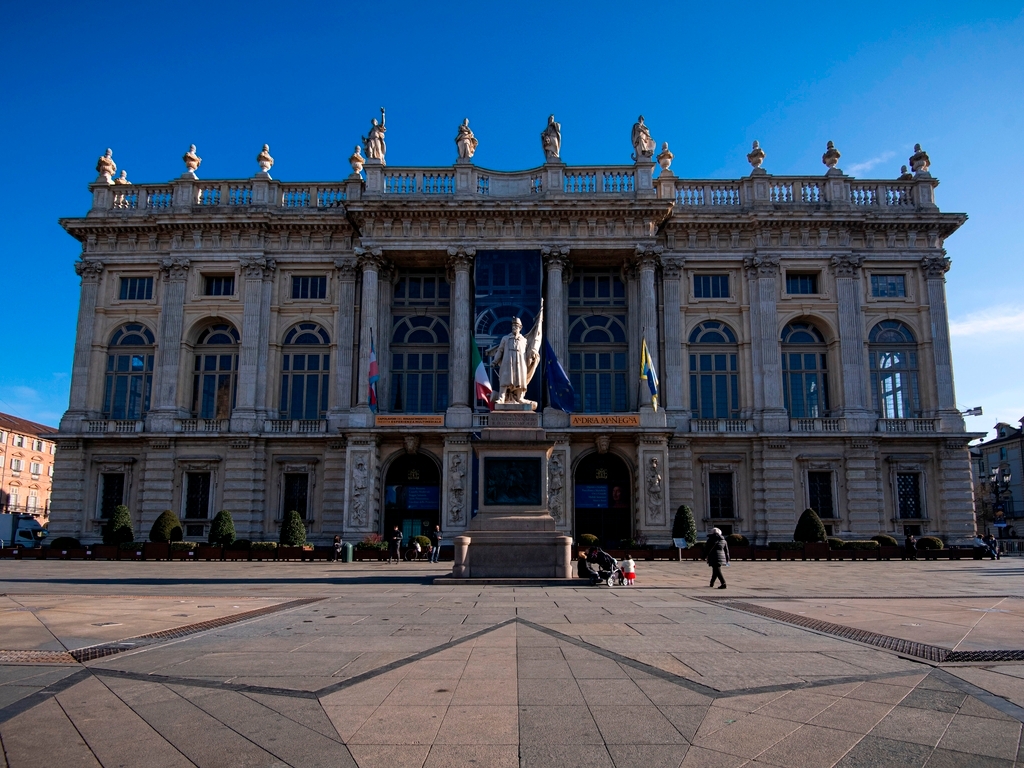The architectural complex of Palazzo Madama and Casaforte degli Acaja is a true blend of ancient, medieval, baroque and neoclassical art; two thousand years of history, unique in its style.
It too is part of the Savoia Residences, a UNESCO World Heritage Site, and has quite ancient origins; in fact, it stands on the ancient Porta Praetoria (or Decumana according to historians) of the colony Julia Augusta Taurinorum. After the fall of the Western Roman Empire it was transformed into a fortress to defend the city and only with the advent of the Savoia-Acaja family, in the 14th century, was it enlarged into a castle.
Between the 15th and 16th centuries, the castle played a secondary role, in fact it was mainly used as accommodation for guests, until the arrival of Bianca di Monferrato, wife of Carlo I of Savoia, who chose the castle as her main residence. Emanuele Filiberto, however, considered the future Royal Palace more suitable for his office and returned Palazzo Madama to its original function as guest quarters. The turning point came in 1637 when Maria Cristina di Borbone, wife of Carlo Emanuele II, decided to leave the magnificence of the Palazzo Reale and chose Palazzo Madama as her residence.
The first Madama Reale made extensions and embellishments to the interior, but its current appearance is due to the second Madama Reale, Maria Giovanna Battista of Savoia-Nemours, wife of Vittorio Amedeo II of Savoia. In fact, the latter commissioned the restoration work to the famous Juvarra, who began the grandiose Baroque project, of which only the façade was completed in 1721.
The traces of the ancient medieval manor were partly masked by the ambitious white stone façade. The name of the palace comes from the two important rulers who lived there and turned it into the masterpiece it is today.
In spite of the evocative changes, due to the different uses to which it was put, especially during the Napoleonic era, the palace retains its great officialism and solemnity given by Juvarra's exteriors. On the return of the Savoy family, the palace first became the seat of the astronomical observatory in 1822 and then of the Royal Picture Gallery at the wish of Carlo Alberto.
In 1848 it became the seat of the Subalpine Senate and later of the Court of Cassation. During the 20th century the Palace was restored several times and in 1934 it became the seat of the important Museum of Ancient Art.
For more information, click here.
